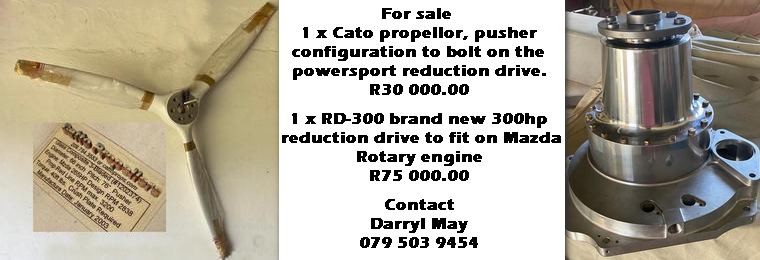A brief history of Henri Fabre
Google Banner Ad
30.03.2025

Born on 29 November 1882 Henri Fabre was a French aviation pioneer and the inventor of the first successful seaplane, the Fabre Hydravion.
He was educated in the Jesuit College of Marseilles where he undertook advanced studies in sciences.

He intensively studied aeroplane and propeller designs. He patented a system of flotation devices which he used when he succeeded in taking off from the surface of the Etang de Berre on 28 March 1910 when he flew his Hydravion, also known as Le Canard, from Etang de Berre, near Marseilles, so achieving the first successful flight in the world from water. This feat was all the more remarkable since he had never been on an aeroplane before, either as a passenger or as a pilot.
On that day, he completed four more consecutive flights, the longest about 600 metres. The Hydravion has survived and is displayed in the Musée de l'Air in Paris. Henri Fabre was soon contacted by Glenn Curtiss and Gabriel Voisin who used his invention to develop their own seaplanes.

On 12 April 1911, at Monaco, Fabre’s aeroplane was damaged beyond repair when flown by Jean Bécu. Nevertheless, it was restored and since 1920 has been at the Musée de L’air, Le Bourget Airport, Paris. This photo was taken in 2009 by Denis J Calvert.
He passed away on 30 June 1984 at the age of 101 as one of the last living pioneers of human flight.


.jpg)
Google Banner Ad
|
      |























